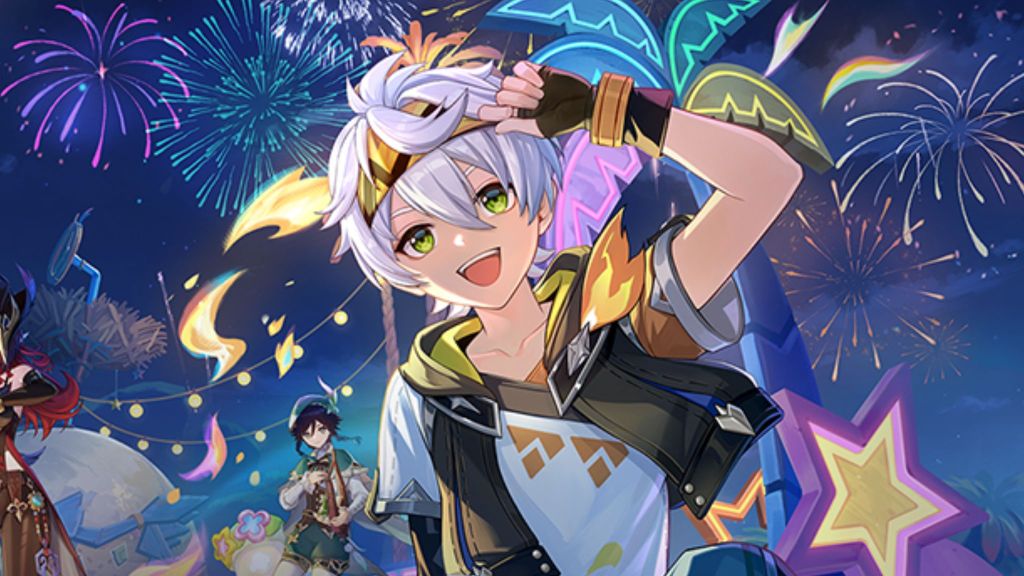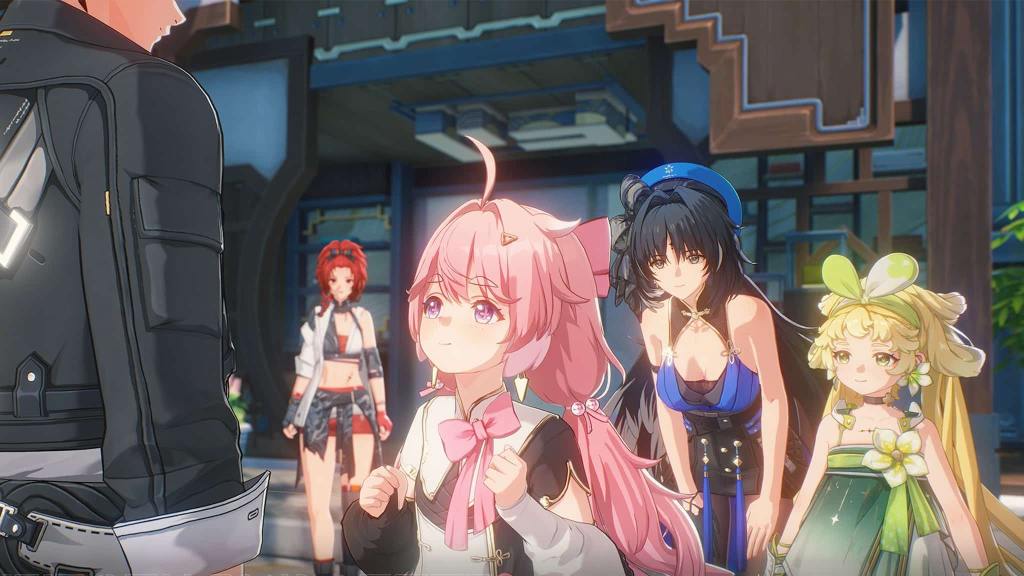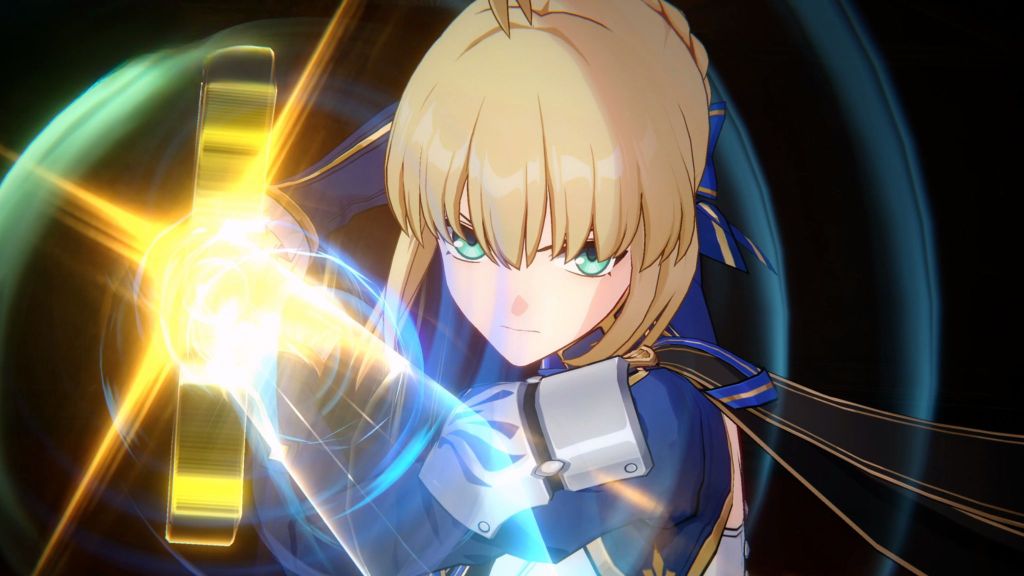Gacha games are no longer small-time distractions you play on the train. They have transformed into billion-dollar entertainment giants, running on AAA budgets, backed by live-service models that rival the biggest names in gaming. Honkai: Star Rail, Genshin Impact, Fate/Grand Order, and Wuthering Waves are all example games that command millions of daily players, release cinematic trailers, and boast full orchestral scores alongside fully voiced storylines. They are no longer niche products with modest reach; they are global phenomena with the resources to compete with the most ambitious projects in the industry.
Videos by ComicBook.com
So why then do so many in this community not treat them this way? Despite all this progress, the same tired phrase keeps echoing across forums, Reddit threads, and Discord chats: “It’s a gacha game.”
This phrase has become the default shutdown for any criticism about lackluster content updates, poor story pacing, clunky quality-of-life features, or bloated, repetitive grind. The phrase is not any sort of valid defense for a persistent problem or a determined issue. It is nothing but a dismissal that ends valid criticism and conversations before they begin, framing any complaint as pointless because “that’s just how it is.” In reality, that mindset is holding the genre back more than any technical or budgetary constraint ever could. As long as players keep saying it, gacha will never evolve into the best version of itself.
“It’s a Gacha Game” Has Become a Cop-Out

There was a time when this excuse made some semblance of sense, even if that really isn’t all that true. At the very least, there was a time when the genre was in its infancy, and the ‘rules’ had not yet been fully established. Early gacha games were often little more than basic mobile titles, built by small teams with limited resources. The genre was young and experimental, primarily focused on small, daily engagement loops designed for short bursts of play.
However, the landscape has changed dramatically. Modern gacha games operate like blockbuster productions, with hundreds of developers and colossal design teams. Companies like HoYoverse and Kuro Games already have the financial resources to create whatever they want, on whatever scale they choose. Despite this, we still see updates that are contextually thin and too often, part of the player base simply shrugs it off with “Well, that’s just how gacha is.” Why? Why does anyone need to be accepting of Gacha being this way?
That mindset is not harmless. It tells the developers that mediocrity is enough to be acceptable in the eyes of the community and that a flashy banner or a handful of new character skins is enough to keep the audience satisfied. It tells publishers that it is safe to funnel more resources into monetization systems than into making the actual game better. Most dangerously, it convinces players themselves that they should not expect more, when the reality is that they should expect far more than they currently receive.
Settling for Less Hurts Everyone

When communities become complacent, the ripple effects spread far beyond a single patch or update cycle. Minimal pushback means developers feel no urgency to make meaningful improvements. Feedback becomes muted, leading to developers being less willing to take risks, and this leads to significantly less innovation. Investors, seeing that the existing model continues to generate revenue without serious backlash, double down on the most profitable aspects of the game, such as cosmetic sales and gacha mechanics, all the while intentionally stalling gameplay improvements. Because why not if the money is still flowing in with what is already there?
This cycle eventually leads to stagnation. The same formula keeps being repeated because it works financially, even if the audience is no longer excited by it. The genre as a whole suffers because the most successful titles set the stage for what is “acceptable,” and smaller studios often feel they must follow suit to stay competitive. Eventually, what was once seen as an ambitious standard becomes an unshakable ceiling.

The worst part is that we have seen other genres break free from this trap entirely. Shooters once felt limited in the variety of maps and mechanics until player demands forced developers to evolve gameplay variety. Throwing grenades used to require the player to swap to the grenade, then throw it. Innovation brought us the ‘grenade’ key, which remains a standard for shooters today. Action RPGs were once nothing more than stat-heavy spreadsheets with clumsy hit detection, until communities refused to settle and demanded responsive combat, dynamic worlds, and deeper narratives. These transformations happened because players made it clear they would not continue to invest in games that failed to improve. The simplistic concept of ‘vote with your wallet’ has a powerful effect if done in large numbers, but not enough players in the gacha community do so.
If gamers in those spaces had accepted the idea that “this is just how shooters are” or “this is just how ARPGs work,” those genres would still be stuck in their most basic, outdated forms. Gacha is at the same crossroads right now, and whether it grows or stalls will depend entirely on how willing players are to challenge the status quo. This isn’t to say the gacha genre hasn’t evolved. It very clearly has. However, certain pain points remain that should be considered unacceptable, chief among them the 50/50 banner system. There is no meaningful benefit for players in having a 50/50 mechanic tied to the most critical aspect of a gacha game: the gacha itself.
Raising the Bar Starts with the Players

The truth is simple: developers build for the audience they have. If that audience is vocal about wanting better and shows support when those improvements arrive, things change. If they remain quiet or dismissive of criticism, the path of least resistance will always be the one most taken. After all, why would any developer improve anything if no one is complaining about it?
Raising the bar begins with rejecting the old excuses. It means providing feedback through official channels like surveys, community boards, and in-game reporting systems. It means rewarding developers when they make quality-of-life improvements or deliver meaningful updates, even if those changes are not attached to a flashy new character drop. It also means refusing to silence or undermine valid criticism by leaning on the outdated crutch of a phrase: “It’s a gacha game.” No. They’re fully on live service games now. Treat them as such.
Today’s gacha titles are, in every meaningful way, AAA live-service games. They should be judged by the same standards as Destiny 2, Final Fantasy XIV, or any other ongoing game with a massive budget and a global player base. If bad habits continue to be excused, we guarantee they will persist. If we demand more, we force the genre to change; to innovate.
So, the next time someone drops “It’s a gacha game” into the conversation, do not nod along. Do not accept their attempted dismissal. Do not accept their bias. Instead, ask them: “So what? Why should that mean it cannot be better?”










